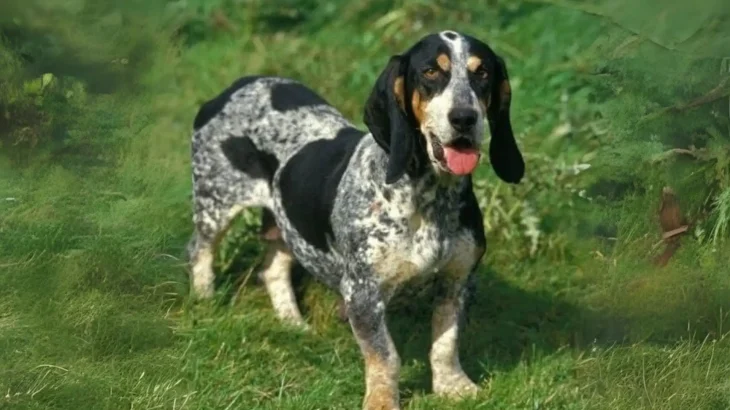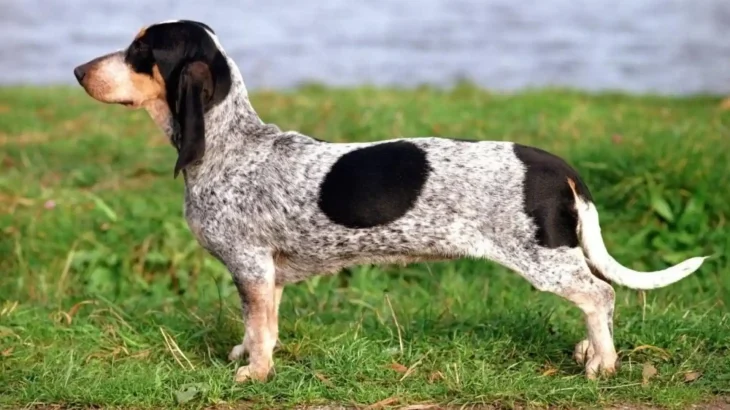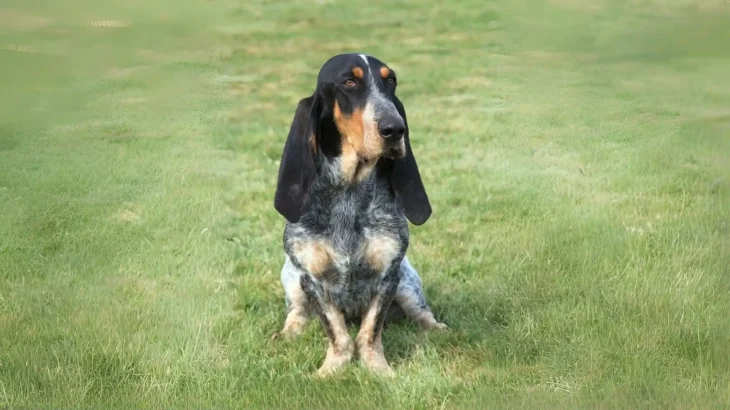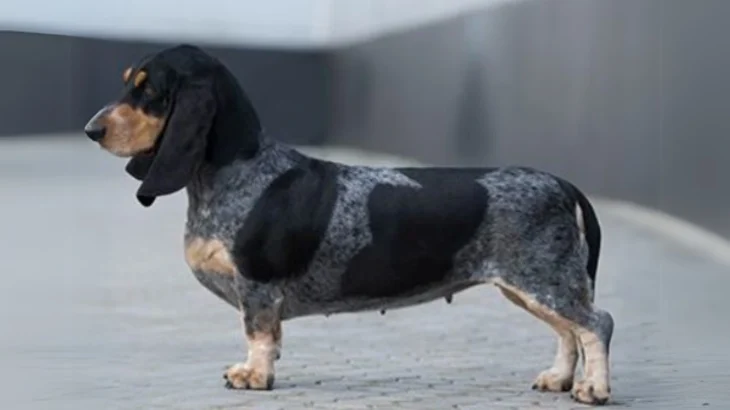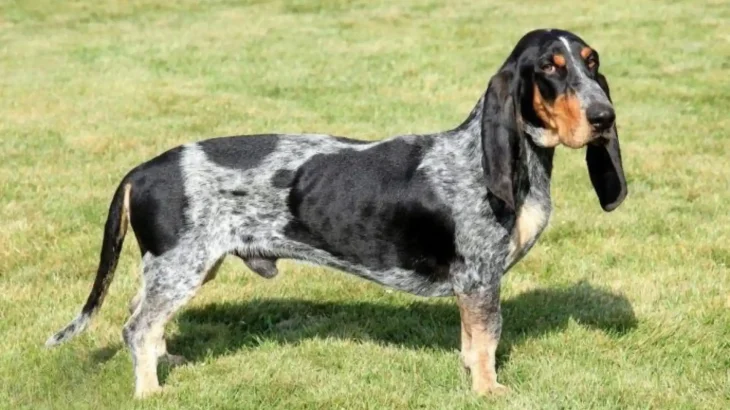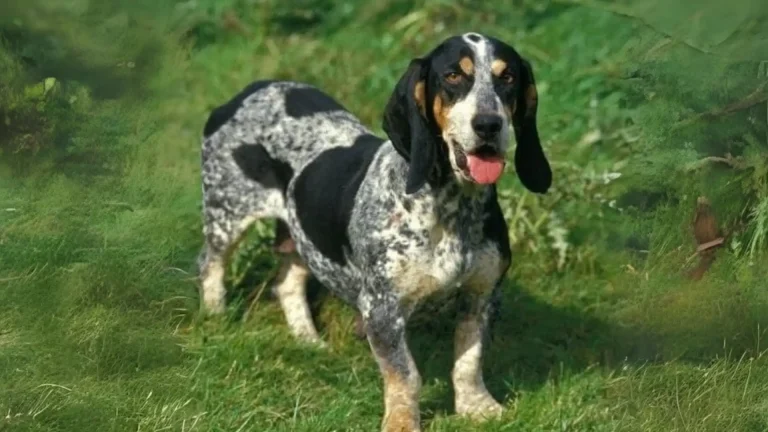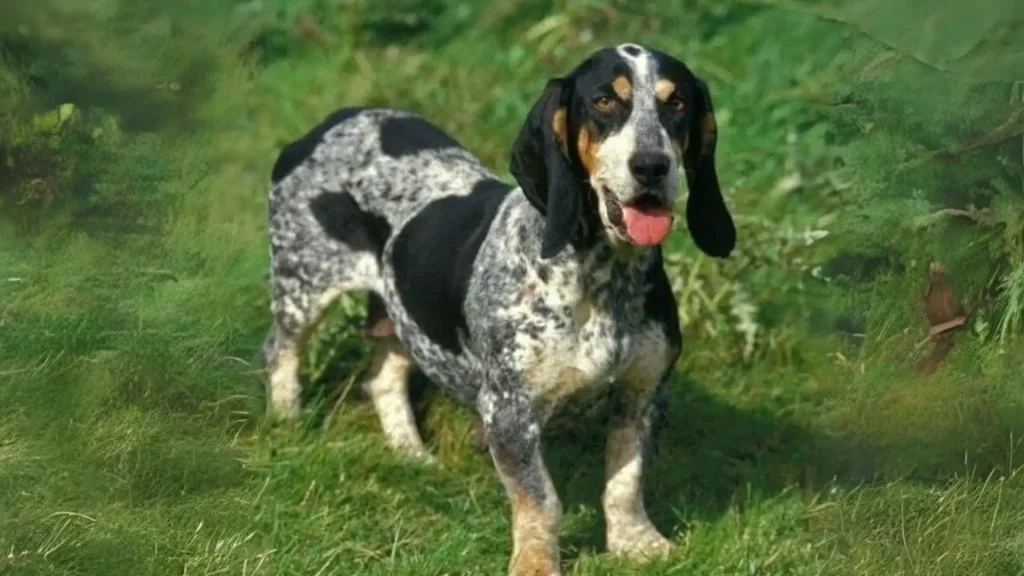Deciding whether to adopt or purchase a Basset Bleu de Gascogne puppy depends on your priorities around cost, health transparency, and ethical considerations. Purchasing from a breeder often offers clearer health histories and pedigree details, whereas adopting may allow you to provide a home to a dog in need while potentially paying less upfront.
Adoption vs. Breeder: Pros & Cons
| Criteria | Buying from Breeder | Adopting from Shelter/Rescue |
|---|---|---|
| Cost | Typically higher initial cost due to breed rarity and pedigree. | Usually lower fees, which helps reduce overall adoption expenses. |
| Health History | Usually detailed health screening and genetic information available. | Health history may be limited or unknown, though shelters provide basic health checks. |
| Age Availability | Primarily young puppies, allowing early bonding and training. | May include dogs of all ages, offering more options. |
| Temperament Insight | Breeders can provide lineage temperament traits based on parents. | Shelter staff can share behavior observations but background can be unclear. |
| Supporting Practices | Supports breed preservation; important to choose ethical breeders. | Supports animal welfare by rescuing dogs in need. |
| Risk of Genetic Disorders | Lower risk when purchasing from responsible breeders who screen for them. | Risk varies; history may be unknown but shelter vets evaluate health. |

